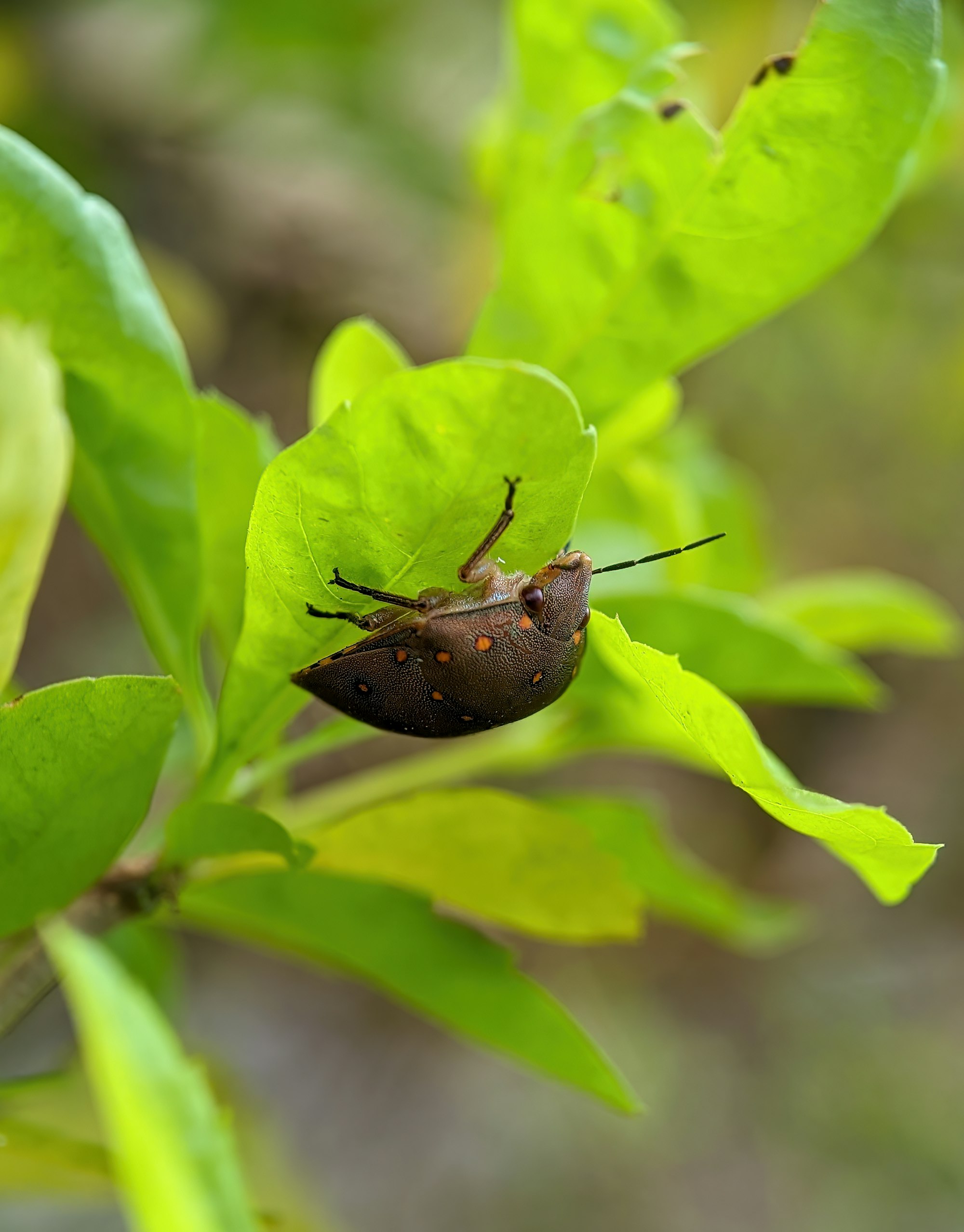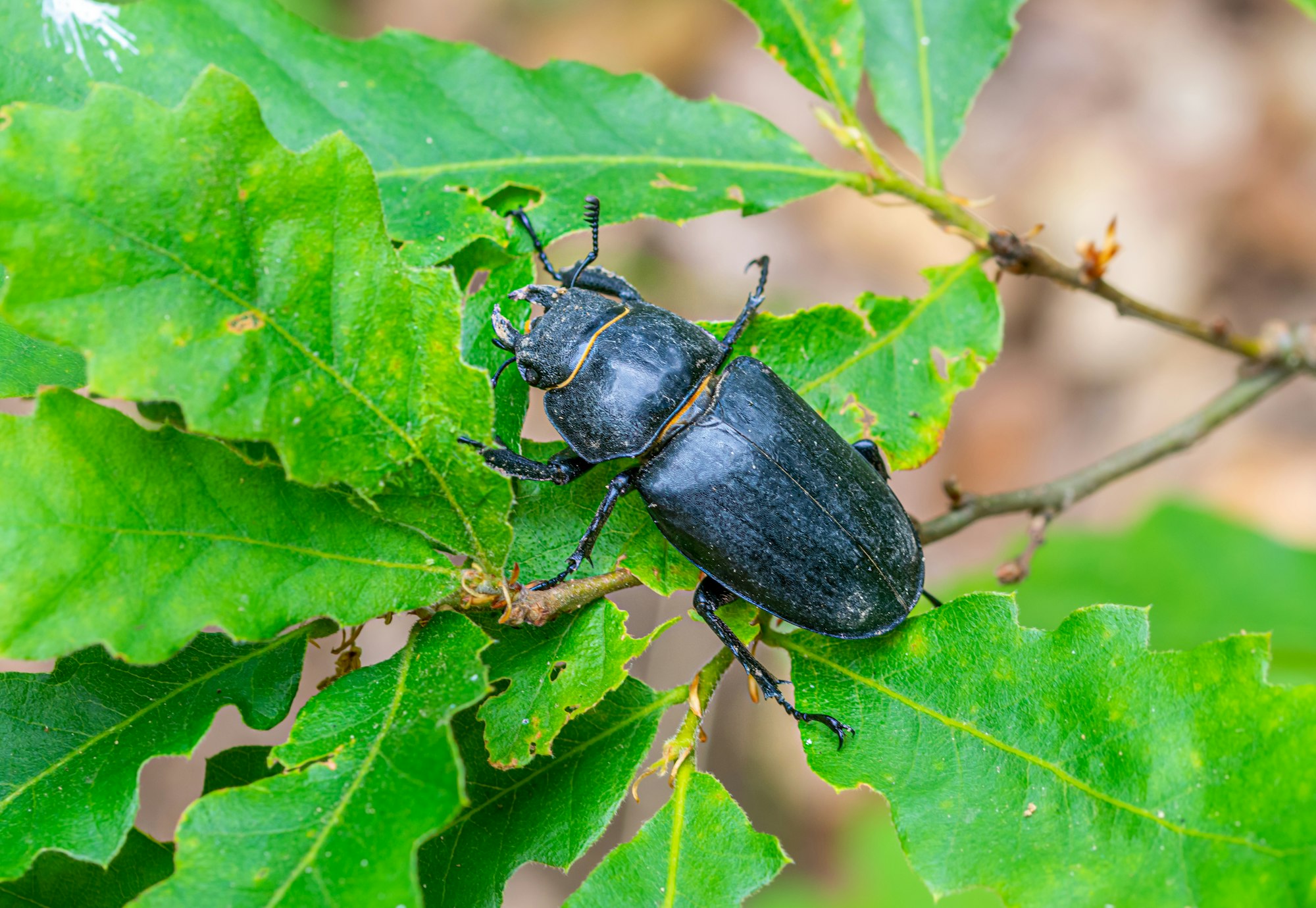Beetles
Beetles encompass diverse insects that vary in size, color, and shape. It's important to accurately identify these creatures, as some may pose risks to your plants or property.

With a hard upper body known as a carapace and wing cases called elytra, beetles can be recognized by these unique characteristics, along with their powerful jaws and chewing mouthparts.
To effectively treat and prevent beetle infestations, it is crucial to have a proper understanding of their biology, life cycle, and behavioral patterns.
By learning the specific techniques for controlling and managing these little intruders, you can protect your home and cherished greenery from damage caused by beetles.
Identifying Beetles
When identifying beetles, you should focus on their features like size, colors, and habitat.
Beetles belong to the order Coleoptera, and with over 400,000 known species, they come in various shapes and sizes.
Some common types of beetles you may encounter include ladybugs, ground beetles, stag beetles, rove beetles, leaf beetles, flea beetles, scarab beetles, click beetles, and powderpost beetles.
To distinguish beetles from other insects, pay attention to their mandibles (jaws), elytra (hardened front wings), and carapace (outer covering).
These traits are typical of the order Coleoptera, often providing beetles with an armored appearance.
Furthermore, certain beetle species exhibit specific characteristics, such as the metallic green hue of the Japanese beetle, the shiny black color of some ground beetles, or the vibrant camouflage patterns found in jewel beetles.
Life Cycle of Beetles
When it comes to the life cycle of beetles, it generally includes four stages: egg, larva, pupa, and adult.
Beetles typically lay their eggs in the environment that supports the development of their young larvae.

As the eggs hatch, the larvae emerge and feed on their surroundings.
These voracious eaters go through several larval stages, known as instars, where they grow, molt, and develop before transitioning into the pupal stage.
During the pupal stage, the larvae transform into adults, undergoing significant changes in their body structure.
Once the adult beetles emerge, they reproduce and lay eggs, perpetuating the cycle and ensuring the continuation of their species.
To prevent and control beetle infestations, it is crucial to understand their life cycle and identify the specific beetle species.
This knowledge helps you implement targeted treatments and employ preventative measures to reduce the risk of damage to your plants, trees, and property.
Behavior and Diet of Beetles
Beetles exhibit various behaviors depending on their specific habitat and family.
With weak eyesight, they primarily rely on pheromones, sounds, or vibrations to communicate.
Most beetles possess two sets of wings but are usually poor fliers.
Some species have adapted for better flight, while others are suited for swimming or burrowing.
Their diet varies based on the family they belong to, such as Carabidae or Hemiptera.
Generally, their jaws and chewing mouthparts allow them to feed on diverse food sources.
Beetles can be herbivorous, carnivorous, or omnivorous, consuming plants, other insects, and decaying organic matter.
Natural Habitats of Beetles
Beetles are found in various habitats, including the ground, plants, gardens, and wood structures.
In North America, they reside in diverse environments, such as trees and carpets.
Firewood is a common breeding ground for beetles, especially bark beetles, which thrive in stressed trees.
Maintaining your garden and storing firewood properly prevents beetle infestations and protects your plants and home.

Common Beetle Infestations
Beetle infestations can cause significant damage to your crops, furniture, and fabrics.
They are known to chew through plant parts, create holes in leaves, and tunnel through wood, as in the case of wood-boring beetles.
Some common pests include carpet beetles, weevils, wireworms, leaf beetles, and June beetles.
Wood-boring beetles, such as the powderpost beetle, target furniture and structural wood, while carpet beetles damage fabrics and upholstery.
To prevent beetle infestations, it is essential to maintain a clean and healthy garden environment.
Encourage beneficial insects, like lightning bugs, and implement natural pest control methods.

For example, use neem oil or insecticidal soap for garden pests such as blister, green tiger, and flea beetles.
Regularly inspect your pantry for signs of food pests like confused flour beetles and sawtoothed grain beetles, and keep food items in sealed containers.
By following these preventive measures, you can protect your plants and home from damaging beetle infestations.
Preventing Beetle Infestations
It is essential to promote healthy tree growth to prevent infestations from beetles.
Ensure your trees, especially pines and evergreens, receive adequate water, as they are susceptible to pest attacks like pine beetles.
When dealing with wood-boring beetles, inspect the wood in your home or establishment regularly for signs of infestation, such as small holes or sawdust-like frass.
Preventative treatments can be applied to wood to help minimize the risk of infestation by brown or old English beetles, among others.
Implementing proper sanitation practices, like removing diseased or deadwood, also helps eradicate potential breeding grounds for these pests.
Beetle Treatments and Solutions
To protect your garden and crops from beetle infestations, consider using neem oil, a natural pesticide from the neem plant.
It's safe for plants and effective in repelling or killing beetles, aphids, snails, mealybugs, and other harmful insects.
For a more thorough treatment, interior and exterior pesticide applications can help combat beetles in and around your home.
Baits and traps can help monitor progress, while beneficial insects, such as ladybugs and lacewings, can be introduced to help control beetle populations in your garden.
Frequently Asked Questions
What are common methods to identify house beetles?
Observe their size, shape, color, and patterns to identify house beetles. You can consult online resources for beetle identification guides.
How can one eliminate black beetles from their home?
To eliminate black beetles, use both chemical treatments and non-chemical methods. This may include vacuuming, sealing food sources, and applying insecticides specifically designed for beetles.
What are effective ways to control ground beetles indoors?
To control ground beetles indoors, remove potential hiding spots and food sources, and seal any cracks or gaps in your home. Professional pest control services can also assist with targeted treatments.
Are there any treatments for grain beetle infestations?
For grain beetle infestations, dispose of infested grains and clean storage areas thoroughly. Use sealed containers for grain storage, and consider applying insecticides if the infestation is severe.
How to prevent beetles from entering your house?
Seal potential entry points like cracks or gaps around windows and doors to prevent beetles from entering your house. Regularly clean and declutter your home to reduce available nesting sites and food sources.
What strategies can be employed to deter Japanese beetles?
Employ cultural, mechanical, and chemical control methods to deter Japanese beetles. This can include maintaining a healthy lawn, using traps, and applying insecticides targeting Japanese beetles as needed.


